T
Showing 1–12 of 26 results
-
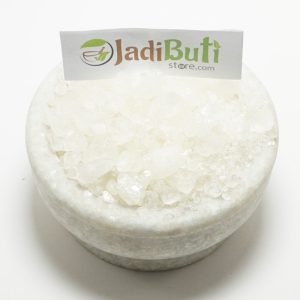
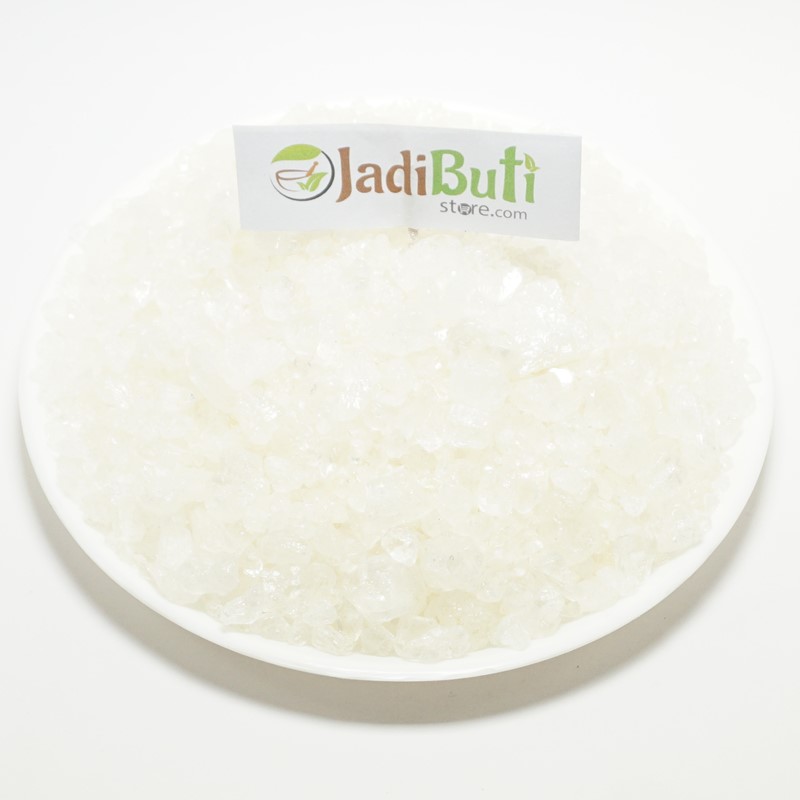
Ajwain Satva – अजवायन सत्व – Lovage – Trachyspermum ammi
₹160.00 – ₹955.00Quick ViewAjwain Satva – अजवायन सत्व – Lovage – Trachyspermum ammi.
Ajwain Name in different languages:
Ajwain English Name : Bishop’s Weed, Omum, Ajowan, Lovage
Ajwain Hindi Name : Ajwain, Ajwayan
Ajwain Latin name : Trachyspermum ammi Sprague.
Ajwain Urdu Name : Ajwain Desi (Seeds), Sat Ajwain (Thymol)
Ajwain Sanskrit Name : Yavani, Yavanika
Ajwain Arabic Name : Kummun al-malik, Nanakhwah, Ajwayn
Ajwain Bengali Name : Ajowan, Jowan, Yavani, Yamani
Ajwain Chinese Name : Yin du zang, Hui xiang
Ajwain French Name : Ajowan, Ammi
Ajwain German Name : Ajowan, Indischer Kümmel
Ajwain Gujarati Name : Ajma, Ajmo, Yavan, Javain
Ajwain Kannada Name : Oma, Yom, Omu
Ajwain Kashmiri Name : Javend
Ajwain Marathi Name : Onwa, Onba
Ajwain Persian Name : Nankhwah, Zeniyan
Ajwain Punjabi Name : Jawain
-
Sale!

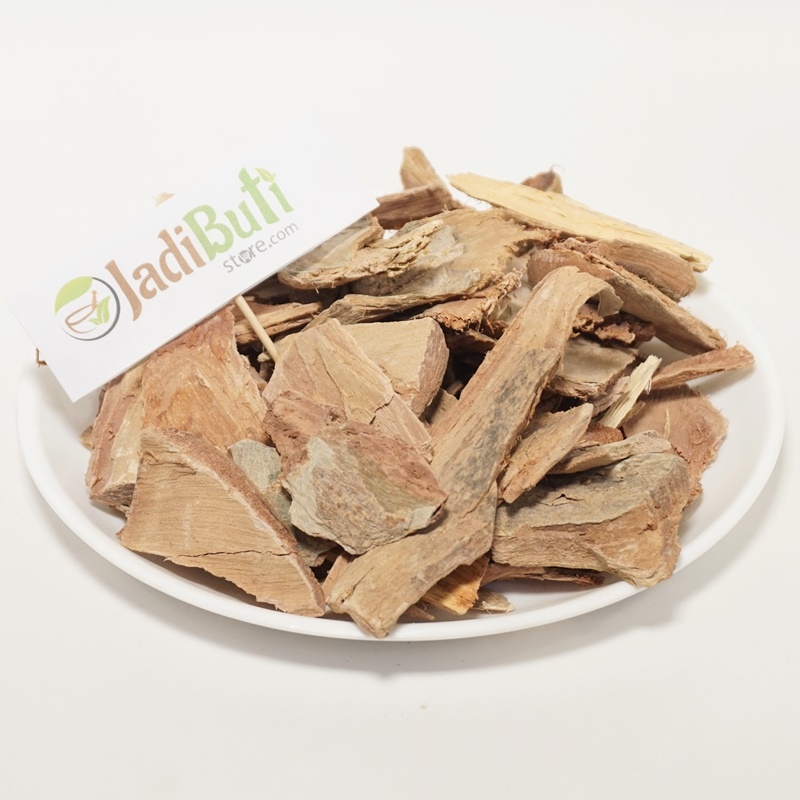 10%
10% Arjun Chaal – अर्जुन छाल – Arjun Tree – Terminalia Arjuna
₹99.00 – ₹825.00Quick ViewArjun bark | Terminalia Arjuna.
Ayurvedic Classification Description Rasa (taste) Astringent, bitter Guna (qualities) Light, dry Virya (potency) Cooling Vipaka (post-digestive effect) Pungent Dosha effect Pacifies Pitta and Kapha doshas Karma (actions) Cardiac tonic, anti-inflammatory, anti-arthritic, astringent, digestive, and diuretic Dhatu (tissue) affinity Works primarily on the blood, plasma, and muscle tissues Srotas (channel) affinity Works primarily on the cardiovascular, digestive, and urinary channels Prabhava (special effect) Helps to support cardiovascular health and function Active Compound Benefits Tannins Anti-inflammatory, antioxidant, and wound-healing properties Arjunic acid Antioxidant, anti-inflammatory, and antitumor properties Arjunetin Antioxidant and cardioprotective properties Gallic acid Anti-inflammatory, antioxidant, and antimicrobial properties Ellagic acid Antioxidant, anti-inflammatory, and antitumor properties Flavonoids Antioxidant, anti-inflammatory, and immunomodulatory properties Saponins Cardioprotective, anti-inflammatory, and anti-cancer properties Betulinic acid Antitumor and anti-inflammatory properties -

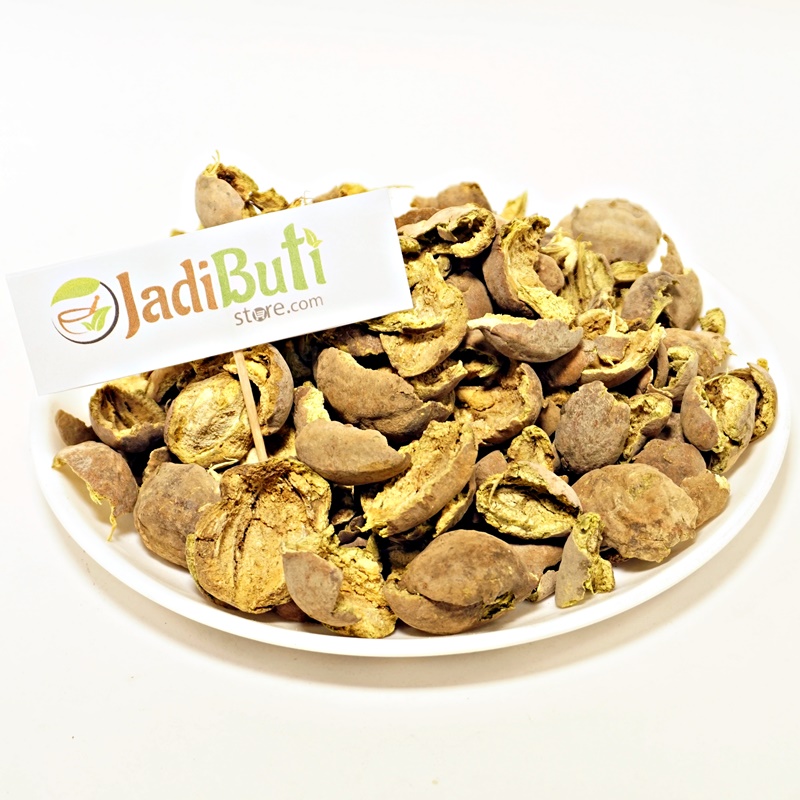
Baheda – बहेड़ा – Bedda chilka – Terminalia bellirica
₹110.00 – ₹865.00Quick ViewCommon Name English Name Scientific Name Part Used Baheda Belleric Myrobalan Terminalia bellirica Fruit, Seed, Bark, Leaves Ayurvedic classification of Baheda (Terminalia bellirica):
Ayurvedic Classification Description Rasa (taste) Astringent, bitter, and sweet Guna (qualities) Light, dry, and sharp Virya (potency) Heating Vipaka (post-digestive effect) Sweet Dosha effect Pacifies Kapha and Vata doshas Karma (actions) Rejuvenative, tonic, laxative, expectorant, and anti-inflammatory Dhatu (tissue) affinity Works primarily on the respiratory and digestive tissues Srotas (channel) affinity Works primarily on the respiratory and digestive channels Prabhava (special effect) May help to improve vision and promote healthy eyes Active compounds and their benefits found in Baheda (Terminalia bellerica):
Active Compound Benefits Gallic acid Antioxidant, anti-inflammatory, and neuroprotective properties Ellagic acid Antioxidant, anti-inflammatory, and anticancer properties Chebulagic acid Antioxidant, anti-inflammatory, antimicrobial, and anti-diabetic properties Chebulinic acid Antioxidant, anti-inflammatory, and hepatoprotective properties Tannins Antioxidant, anti-inflammatory, and anti-cancer properties Phytosterols Cardiovascular health benefits, cholesterol-lowering properties β-sitosterol Anti-inflammatory and immune-boosting properties Lupeol Anti-inflammatory, anti-tumor, and anti-microbial properties Quercetin Anti-inflammatory, antioxidant, and anti-cancer properties Galloylglucose Anti-inflammatory, antioxidant, and anti-cancer properties -


Baheda – बहेड़ा – Bedda Nuts – Terminalia bellirica
₹110.00 – ₹865.00Quick ViewBaheda : Whole Nut
Common Name English Name Scientific Name Part Used Baheda Belliric Myrobalan Terminalia bellirica Fruit and Seed Ayurvedic classification of Baheda (Terminalia bellirica):
Ayurvedic Classification Description Rasa (taste) Astringent, bitter, and sweet Guna (qualities) Light, dry, and sharp Virya (potency) Cooling Vipaka (post-digestive effect) Sweet Dosha effect Balances all three doshas, but particularly pacifies Kapha and Pitta Karma (actions) Rejuvenative, astringent, expectorant, carminative, laxative, and antidiarrheal Dhatu (tissue) affinity Works primarily on the respiratory, digestive, and reproductive tissues Srotas (channel) affinity Works primarily on the respiratory, digestive, and reproductive channels Prabhava (special effect) Nourishes and strengthens the hair, skin, and nails Active compounds and their benefits found in baheda:
Active Compound Benefits Gallic acid Antioxidant, anti-inflammatory, and anti-cancer properties Ellagic acid Antioxidant, anti-inflammatory, and anti-cancer properties Tannins Antioxidant, anti-inflammatory, and anti-diabetic properties Vitamin C Antioxidant, immune-boosting, and anti-inflammatory properties β-Sitosterol Anti-inflammatory, immune-boosting, and cholesterol-lowering properties Kaempferol Antioxidant, anti-inflammatory, and anti-cancer properties Quercetin Antioxidant, anti-inflammatory, and anti-cancer properties Chebulagic acid Anti-inflammatory, anti-cancer, and anti-diabetic properties -
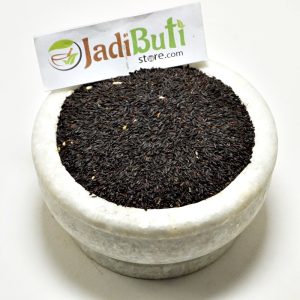
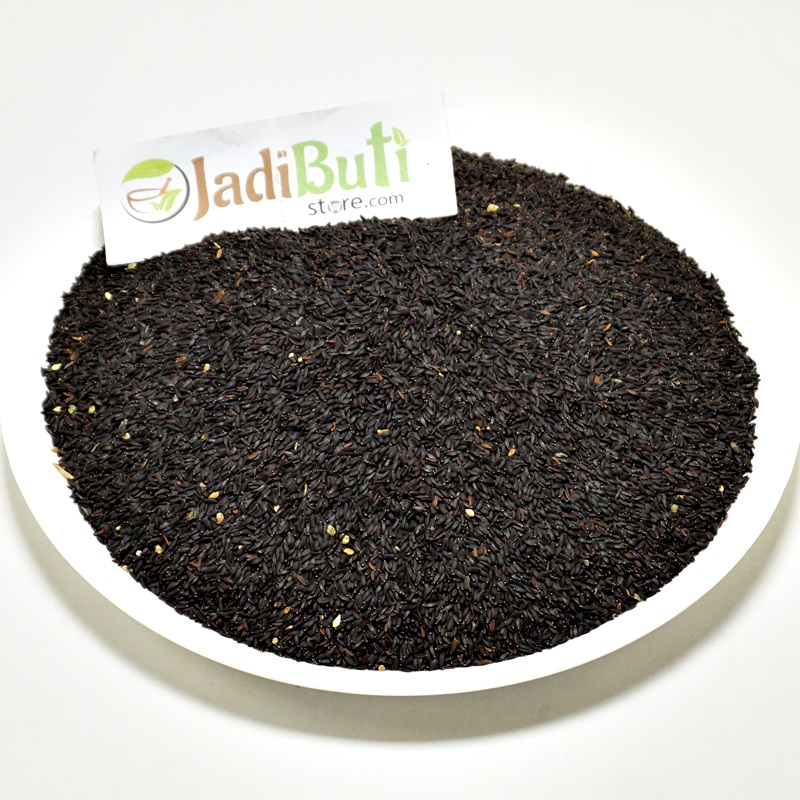
Balanga – बलांगा – Tulsi Balanga – Lalmentiya rai
₹200.00 – ₹1,350.00Quick ViewBalanga – बलांगा – Tulsi Balanga – Lalmentiya rai.
Balanga Name in different languages:
Balanga English : TULSI BALANGA
Balanga Hindi : Balanga, Dhari, Gharei, Kasmalu, Tukhambalanga
Balanga Latin : Lalmentiya rai, Liyana
Balanga Marathi : Balanga, Balamgu
Balanga Gujarati : Tutalanga, Tok malanga
-


Banslochan pure – बंसलोचन असली – Tabasheer pure – Bambusa Arundinacea
₹480.00 – ₹3,695.00Quick ViewBanslochan pure – बंसलोचन असली – Tabasheer pure – Bambusa Arundinacea camphor.
Banslochan Latin name – Bambusa vulgaris
Banslochan Hindi name – Banslochan
Banslochan Urdu name – Tabasheer
Bambusa Arundinacea (also known as bamboo camphor or camphor bamboo) is a species of bamboo that is commonly used in traditional Ayurvedic medicine for various health benefits. Some of the benefits of Bambusa Arundinacea include:
- Respiratory Health: Bambusa Arundinacea is believed to have a soothing effect on the respiratory tract and is used to treat respiratory issues, such as coughs, colds, and bronchitis.
- Anti-inflammatory Properties: Bambusa Arundinacea is believed to have anti-inflammatory properties and is used to treat various inflammatory conditions, such as arthritis, gout, and rheumatism.
- Digestive Health: Bambusa Arundinacea is believed to improve digestive health and relieve digestive problems, such as bloating, gas, and constipation.
- Skin Health: Bambusa Arundinacea is said to have anti-inflammatory properties and is used to treat various skin conditions, such as rashes and irritations.
- Blood Sugar Control: Bambusa Arundinacea is said to have a stabilizing effect on blood sugar levels and is used to treat diabetes.
- Wellbeing: Bambusa Arundinacea is believed to have aphrodisiac properties and is used to improve Desire and performance.
-
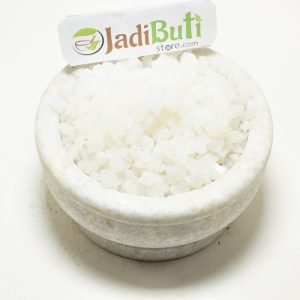

Banslochan White – बंसलोचन – Tabasheer – Tabasir Crystal
₹90.00 – ₹690.00Quick ViewTabasheer, also known as bamboo silica, is a substance derived from the bamboo plant that has been used in traditional medicine for centuries and may have a range of potential health benefits, including promoting healthy bones and joints, improving skin health, enhancing cognitive function, supporting cardiovascular health, aiding digestion, promoting hair and nail health, having anti-inflammatory properties, helping to detoxify the body, supporting immune system function, and improving respiratory health.
-
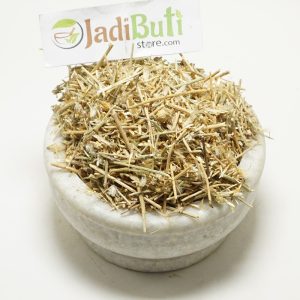

Bhramhi dandi – ब्रह्मी डंडी – Camel’s Thistle – Tricholepis angustifolia
₹100.00 – ₹695.00Quick ViewBhramhi dandi – ब्रह्मी डंडी – Camel’s Thistle – Tricholepis angustifolia.
Bhramhi Name In Different Languages:
Bhramhi English Name : Camel’s Thistle
Bhramhi Hindi Name : Brahm Dandi, Untakatara
Bhramhi Latin name : Tricholepis angustifolia DC.
Bhramhi Urdu Name : Brahm Dandi
Bhramhi Bengali Name : Siyal Kanta
Bhramhi German Name : Til Kanto
Bhramhi Sanskrit Name : Ajadandi, Brahmadandi, Kantapatraphala
-


Giloy – गिलोय – Tinospora Creeper – Tinospora cordifolia
₹120.00 – ₹950.00Quick ViewGiloy – गिलोय – Tinospora Creeper – Tinospora cordifolia.
Giloy Name in different languages:
Giloy In English Name : Moon Creeper, Heart-Leaved Moonseed, Indian Quinine
Giloy In Hindi Name : Giloe, Gulancha, Giloy
Giloy In Latin name : Tinospora cordifolia Miers
Giloy In Urdu Name : Gilo
Giloy In Arabic Name : Gilo
Giloy In Bengali Name : Gulanch, Gilo, Gadanch, Ningilo
Giloy In Chinese Name : Kuan chu hsing, Xin ye qing niu dan
Giloy In French Name : Plante grimpante de lune
Giloy In German Name : Mond-Kriechpflanze
Giloy In Gujarati Name : Gado, Galo, Gulo, Gulwel
Giloy In Kannada Name : Amrutaballi, Uganiballi
Giloy In Kashmiri Name : Amrita, Gilo
Giloy In Marathi Name : Gulvel, Giroli
Giloy In Persian Name : Gulbel
Giloy In Punjabi Name : Gilo
Giloy In Sanskrit Name : Guduchi, Madhparni, Amrita, Soma-valli
Quality:
Tinospora can end chronic bile disorders and cure fever caused by blood diseases. It is useful for the treatment of cough, jaundice, vomiting and senselessness. It brings phlegm out and makes sperm count thick. It increases appetite and sperm count. It stops stool and makes the heart strong.
Introduction:
Tinospora creeper is found on about every where in India. Its creeper is evergreen and increases till many years. Its creeper spreads with the help of tinospora tree. The tinospora which spreads on the neem tree is the best. Its creeper spreads on the boundary-wall between tow fields or beds and rocks of the mountain too. Its leaves are smooth and in heart shape like betel leaf. The diameter of tinospora leaves is 2-4 inches. Its flowers appear in small groups which grow in the summer seasons. Its fruits are in egg shape like pea, smooth and appear in the groups. Its ripe fruits are red. Its seeds are white and smooth like slanting seeds.
-
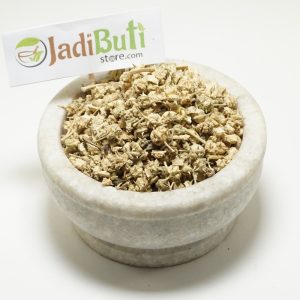

Gokhru Chota – गोखरू छोटा – Small Caltrops – Tribulus Terrestris
₹120.00 – ₹950.00Quick ViewGokhru Chota – गोखरू छोटा – Small Caltrops – Tribulus Terrestris.
Gokhru Chota Name In Different Language
Gokhru Chota In English Name : Small Caltrops, Land Caltrops, Puncture Vine, Goathead
Gokhru Chota In Hindi Name : Gokhru, Chota Gokhru
Gokhru Chota In Latin name : Tribulus terrestris Linn.
Gokhru Chota In Urdu Name : Gokhru Khurd
Gokhru Chota In Arabic Name : Hasak, Dareesa, Shirsheer, Hummos al-ameer
Gokhru Chota In Bengali Name : Gokshur, Gokhuri
Gokhru Chota In Chinese Name : Bai ji li, Tu chi li
Gokhru Chota In French Name : Croix-de-Malte
Gokhru Chota In German Name : Burzeldorn
Gokhru Chota In Gujarati Name : Methogokharu, Nhane Gokharu, Betha Ghokaru
Gokhru Chota In Kannada Name : Senna Negalu, Negalamullu, Negalu
Gokhru Chota In Kashmiri Name : Michirkand, Pakhda
Gokhru Chota In Marathi Name : Sarate, Kate Gokharu
Gokhru Chota In Persian Name : Khare Khasak Khurd, Kharsah Goshah
Gokhru Chota In Punjabi Name : Makhar, Gokhru
Gokhru Chota In Sanskrit Name : Gokshura
-
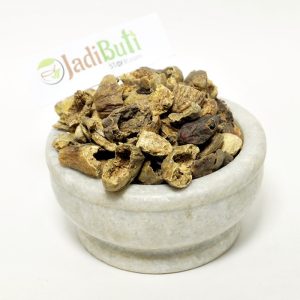

Harad Badi Chilka – हरद बड़ी छिलका – chebulic myrobalan – Terminalia Chebula
₹90.00 – ₹680.00Quick ViewHarad Badi Chilka | yellow Haritaki
Scientific Name : chebulic myrobalan
Ayurvedic classification of Yellow Haritaki
Ayurvedic Classification Description Rasa (taste) Astringent, sweet, sour, and bitter Guna (qualities) Light, dry, and sharp Virya (potency) Heating Vipaka (post-digestive effect) Sweet Dosha effect Balances all three doshas (Vata, Pitta, and Kapha) Karma (actions) Laxative, rejuvenative, astringent, expectorant, antispasmodic, and tonic Dhatu (tissue) affinity Works on all seven tissues (dhatus) of the body, with a particular affinity for the digestive and respiratory tissues Srotas (channel) affinity Works on the digestive, respiratory, and circulatory channels Prabhava (special effect) Promotes longevity and supports overall health and well-being Active compounds and benefits found in yellow haritaki:
Active Compound Benefits Chebulic acid Antioxidant, anti-inflammatory, and anti-cancer properties Gallic acid Anti-inflammatory, anti-cancer, and anti-microbial properties Ellagic acid Antioxidant, anti-inflammatory, and anti-cancer properties Corilagin Anti-inflammatory, anti-cancer, and anti-microbial properties Punicalagin Antioxidant, anti-inflammatory, and anti-cancer properties Tannins Anti-inflammatory, anti-diabetic, and anti-cancer properties Arjungenin Anti-inflammatory and cardioprotective properties Chebulagic acid Anti-inflammatory, anti-cancer, and anti-diabetic properties Quercetin Anti-inflammatory, antioxidant, and immune-boosting properties Kaempferol Anti-inflammatory, antioxidant, and immune-boosting properties -
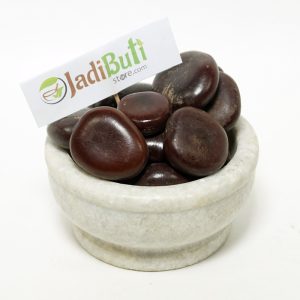
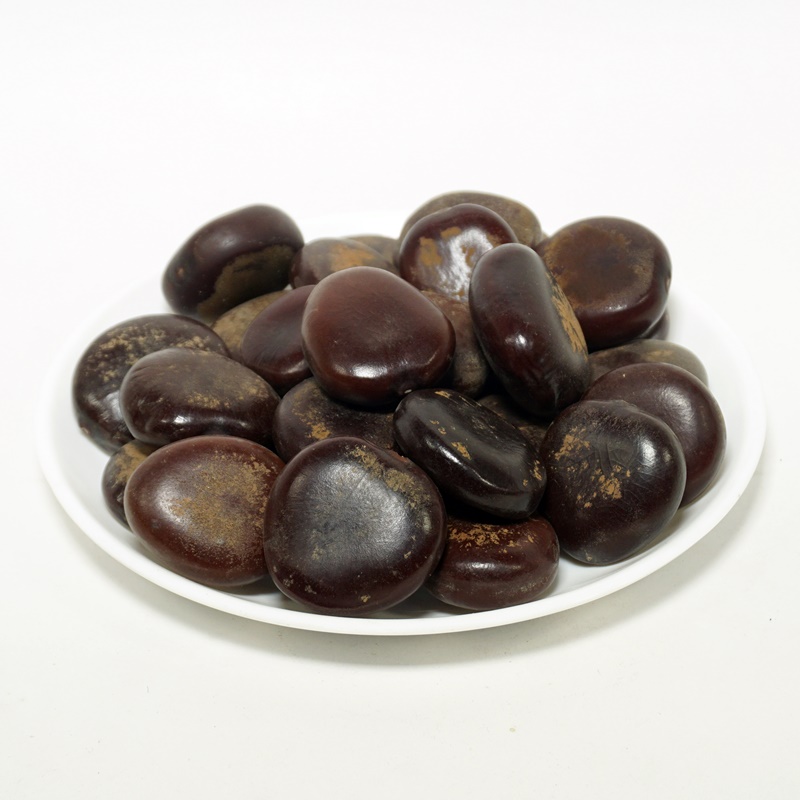
Imli Beej Pahadi – इमली बीज पहाड़ी – Wild Tamarind Seeds – Tamarindus Indica
₹270.00 – ₹1,920.00Quick ViewImli Beej Pahadi – इमली बीज पहाड़ी – Wild Tamarind Seeds – Tamarindus Indica.
Wild Tamarindus Indica (Tamarind):
Ayurvedic Classification Description Rasa (taste) Sour Guna (qualities) Light, dry, rough Virya (potency) Cooling Vipaka (post-digestive effect) Sweet Dosha effect Balances Pitta dosha, may aggravate Vata and Kapha doshas Karma (actions) Carminative, laxative, cooling, digestive, antipyretic, antimicrobial, anti-inflammatory Dhatu (tissue) affinity Works primarily on the plasma, blood, muscle, and fat tissues Srotas (channel) affinity Works primarily on the digestive, circulatory, and urinary channels Prabhava (special effect) Helps to balance digestive fire (agni), supports healthy digestion
